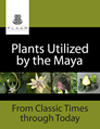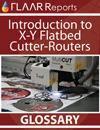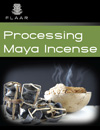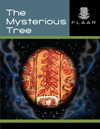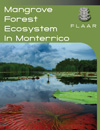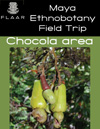Many people have noticed the advanced technology presented in the four web sites of FLAAR It is recognized that these are the first web sites to present a rotating virtual Maya artifact, and the first to do a seamless panorama with a professional panorama setup (Better Light).
We owe the sophistication of these archaeology web sites to the nice folks at Kaidan, who let us experiment with their impressive virtual reality technology three years ago.
We thus dedicate all the rotating objects and all the virtual reality to Kaidan, and wholeheartedly recommend you visit the Kaidan web site.
If you would like to see all virtual views of Maya archaeology and photography, here they are:
-
Our brave first entry into virtual reality, using a Kaidan rig, the Maya ballplayer in the Museo Popol Vuh.
-
Our initial foray into virtual reality outside, at the Tikal National Park, using 70mm film on a seamless panorama system. Due to all the trees behind us, we did not make it the full 360 degrees.
-
A year later we had equipment that was more sophisticated, namely the Better Light panorama adaptation of the Dicomed Field Pro. We did a test inside the Museo Popol Vuh in Guatemala.
-
Then we did both museums at Copan, the fabulous new Sculpture Museum,
-
and the traditional archaeology museum in the village.
-
Our virtual reality panorama of the ballcourt of Copan was somewhat difficult since the tropical heat melted the crew, but the Better Light Dicomed functioned flawlessly.
All these wide angle views were with a Linhof Technakardan, with wide angle bellows. At that time we did not have a wide angle bellows for our Wisner 4x5. We use both Schneider and Rodenstock lenses.
We subsequently did quite a number of other rotating virtual objects:
-
Tiquisate incense burner from Popol Vuh Museum
-
Maya skull from Copan archaeology museum.
-
Maya polychrome vase from Copan archaeology museum.
-
Carved vase from Copan museum.
-
Ceramic Maya acrobat from Copan museum.
-
Wisner 4x5 camera on Manfrotto tripod head with Ries tripod
-
Polaroid film, essential to large professional format photography
It is worth noting that all these virtual reality views, all the original digital photography, and everything else related to these four high-tech archaeology sites was done on Macintosh computers. The Macintosh gives automatic thumbnails of digital images on your desktop. This is a clear advantage over the Windows operating system.
FLAAR was entirely a PC place until we faced the reality of how to create these web sites. What you see here would not have been possible without QTVR, the Mac PowerBook 3400c, and the many other Macintosh computers at FLAAR and WBCC-TV Channel 68.













